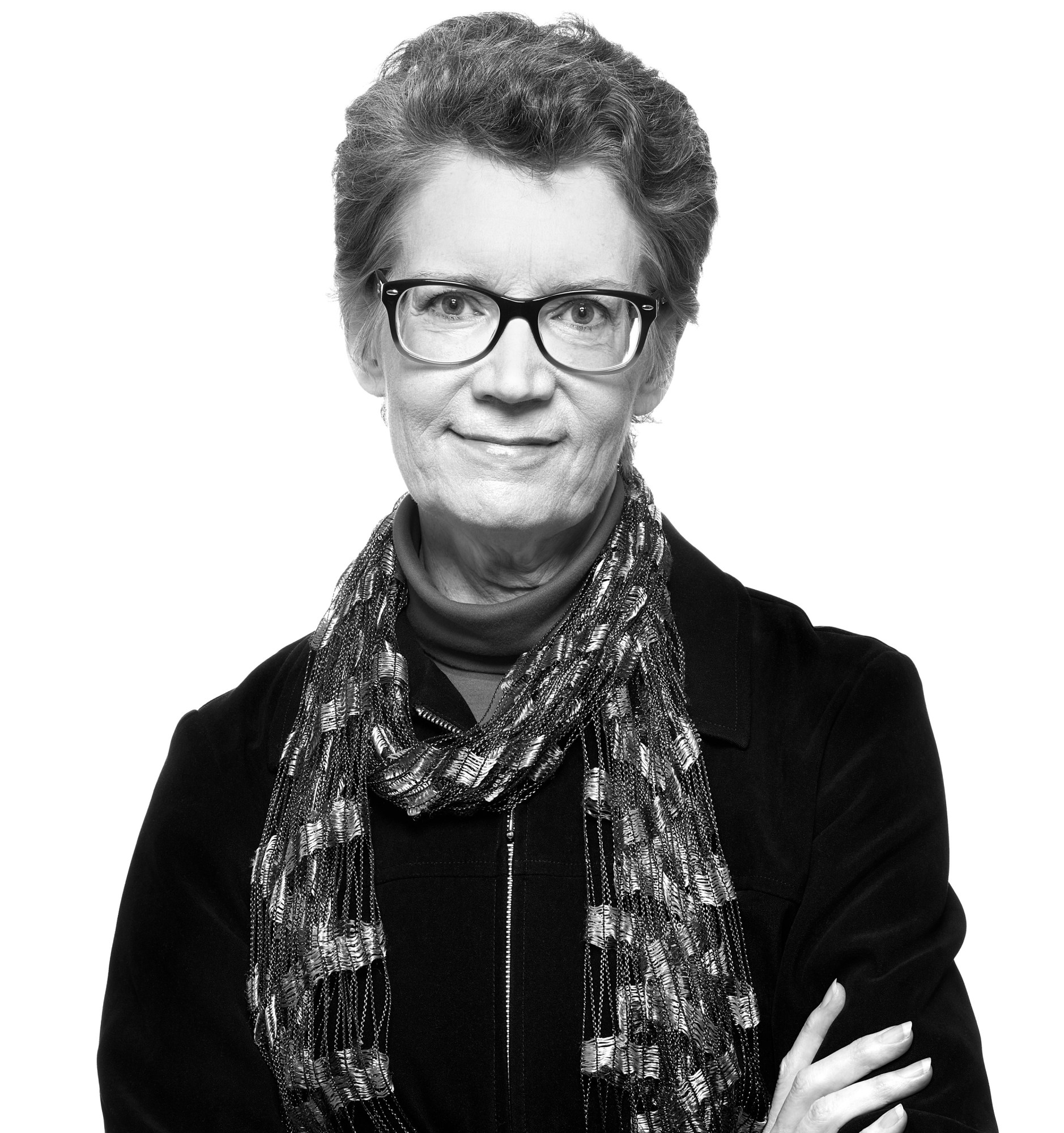The future of open source is still very much in flux



PETER ADAMS
Karen Sandler, executive director of the Software Freedom Conservancy, a nonprofit that advocates for free and open-source software, saw firsthand how the culture shifted from orthodoxy to a big-tent approach with room for for-profit entities when she worked as general counsel at the Software Freedom Law Center in the early 2000s. “The people who were ideological—some of them stayed quite ideological. But many of them realized, oh, wait a minute, we can get jobs doing this. We can do well by doing good,” Sandler remembers. By leveraging the jobs and support that early tech companies were offering, open-source contributors could sustain their efforts and even make a living doing what they believed in. In that manner, companies using and contributing to free and open software could expand the community beyond volunteer enthusiasts and improve the work itself. “How could we ever make it better if it’s just a few radical people?” Sandler says.
As the tech industry grew around private companies like Sun Microsystems, IBM, Microsoft, and Apple in the late ’90s and early ’00s, new open-source projects sprang up, and established ones grew roots. Apache emerged as an open-source web server in 1995. Red Hat, a company offering enterprise companies support for open-source software like Linux, went public in 1999. GitHub, a platform originally created to support version control for open-source projects, launched in 2008, the same year that Google released Android, the first open-source phone operating system. The more pragmatic definition of the concept came to dominate the field. Meanwhile, Stallman’s original philosophy persisted among dedicated groups of believers—where it still lives today through nonprofits like FSF, which only uses and advocates for software that protects the four freedoms.
“If a company only ends up just sharing, and nothing more, I think that should be celebrated.”
Kelsey Hightower, early contributor to Kubernetes
As open-source software spread, a bifurcation of the tech stack became standard practice, with open-source code as the support structure for proprietary work. Free and open-source software often served in the underlying foundation or back-end architecture of a product, while companies vigorously pursued and defended copyrights on the user-facing layers. Some estimate that Amazon’s 1999 patent on its one-click buying process was worth $2.4 billion per year to the company until it expired. It relied on Java, an open-source programming language, and other open-source software and tooling to build and maintain it.
Today, corporations not only depend on open-source software but play an enormous role in funding and developing open-source projects: Kubernetes (initially launched and maintained at Google) and Meta’s React are both robust sets of software that began as internal solutions freely shared with the larger technology community. But some people, like the Software Freedom Conservancy’s Karen Sandler, identify an ongoing conflict between profit-driven corporations and the public interest. “Companies have become so savvy and educated with respect to open-source software that they use a ton of it. That’s good,” says Sandler. At the same time, they profit from their proprietary work—which they sometimes attempt to pass off as open too, a practice the scholar and organizer Michelle Thorne dubbed “openwashing” in 2009. For Sandler, if companies don’t also make efforts to support user and creator rights, they’re not pushing forward the free and open-source ethos. And she says for the most part, that’s indeed not happening: “They’re not interested in giving the public any appreciable rights to their software.”
Others, including Kelsey Hightower, are more sanguine about corporate involvement. “If a company only ends up just sharing, and nothing more, I think that should be celebrated,” he says. “Then if for the next two years you allow your paid employees to work on it, maintaining the bugs and issues, but then down the road it’s no longer a priority and you choose to step back, I think we should thank [the company] for those years of contributions.”
In stark contrast, FSF, now in its 38th year, holds firm to its original ideals and opposes any product or company that does not support the ability for users to view, modify, and redistribute code. The group today runs public action campaigns like “End Software Patents,” publishing articles and submitting amicus briefs advocating the end of patents on software. The foundation’s executive director, Zoë Kooyman, hopes to continue pushing the conversation toward freedom rather than commercial concerns. “Every belief system or form of advocacy needs a far end,” she says. “That’s the only way to be able to drive the needle. [At FSF], we are that far end of the spectrum, and we take that role very seriously.”
Free as in puppy
Forty years on from the release of GNU, there is no singular open-source community, “any more than there is an ‘urban community,’” as researcher and engineer Nadia Asparouhova (formerly Eghbal) writes in her 2020 book Working in Public: The Making and Maintenance of Open Source Software. There’s no singular definition, either. The Open Source Initiative (OSI) was founded in 1998 to steward the meaning of the phrase, but not all modern open-source projects adhere to the 10 specific criteria OSI laid out, and other definitions appear across communities. Scale, technology, social norms, and funding also range widely from project to project and community to community. For example, Kubernetes has a robust, organized community of tens of thousands of contributors and years of Google investment. Salmon is a niche open-source bioinformatics research tool with fewer than 50 contributors, supported by grants. OpenSSL, which encrypts an estimated 66% of the web, is currently maintained by 18 engineers compensated through donations and elective corporate contracts.
The major discussions now are more about people than technology: What does healthy and diverse collaboration look like? How can those who support the code get what they need to continue the work? “How do you include a voice for all the people affected by the technology you build?” asks James Vasile, an open-source consultant and strategist who sits on the board of the Electronic Frontier Foundation. “These are big questions. We’ve never grappled with them before. No one was working on this 20 years ago, because that just wasn’t part of the scene. Now it is, and we [in the open-source community] have the chance to consider these questions.”





